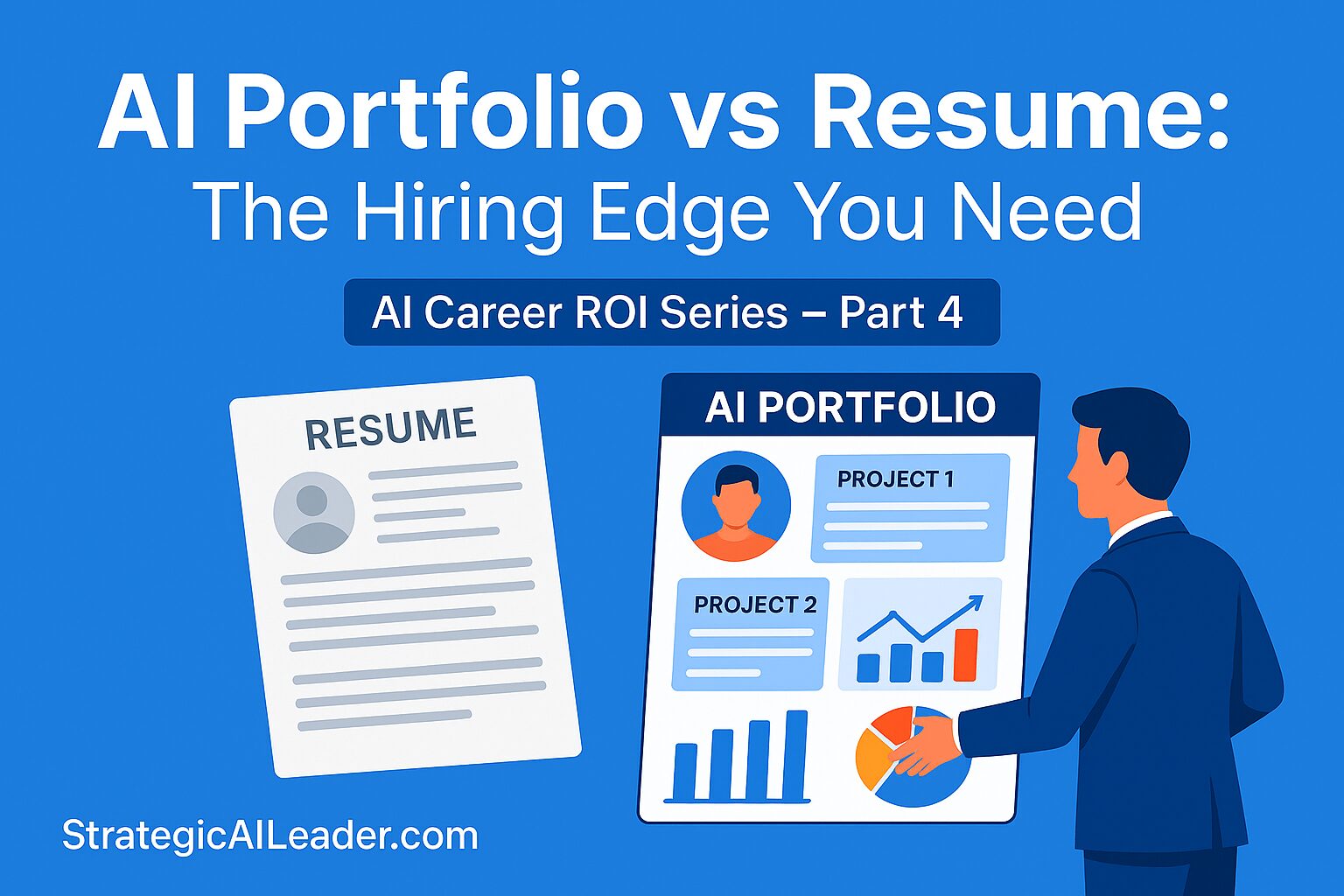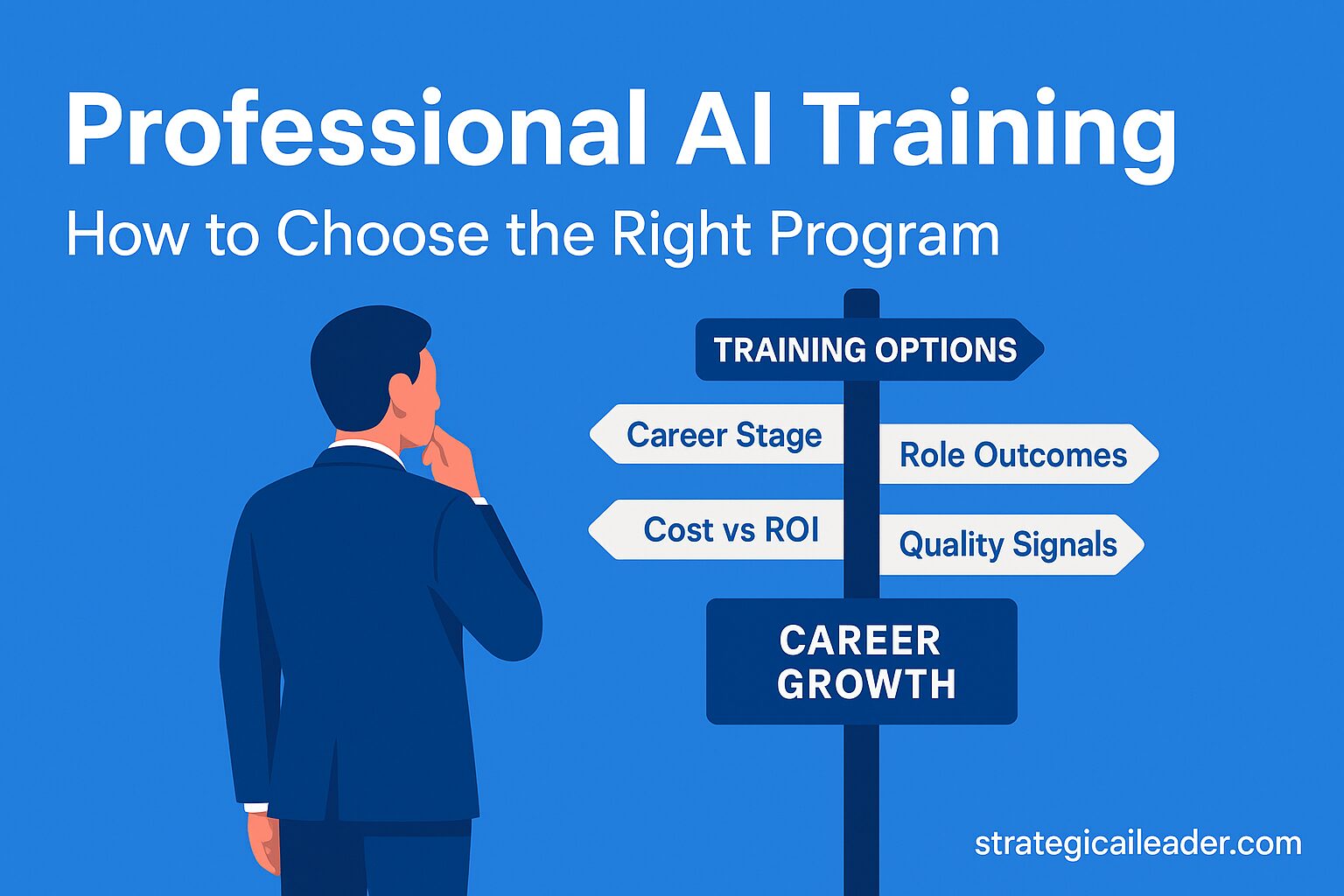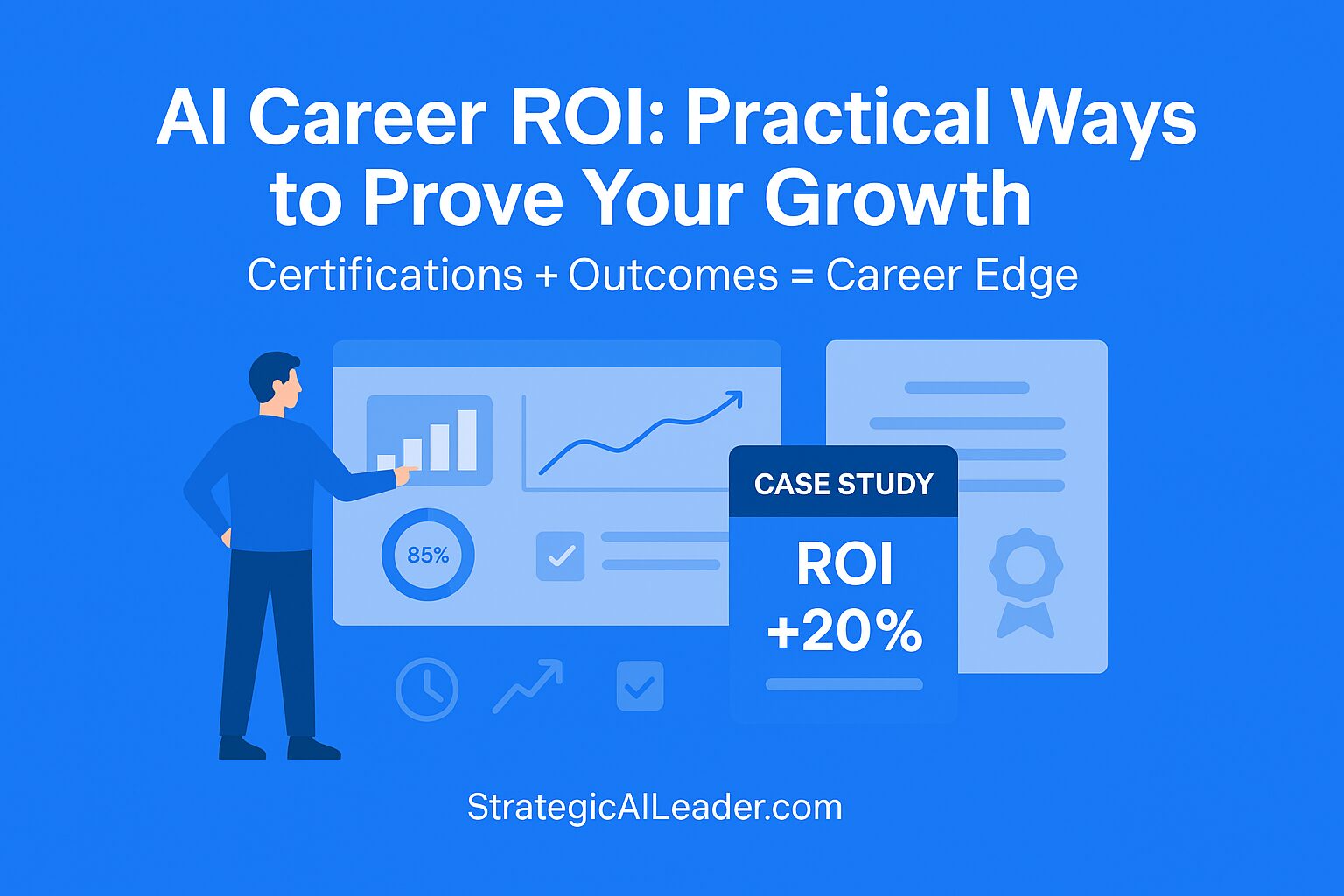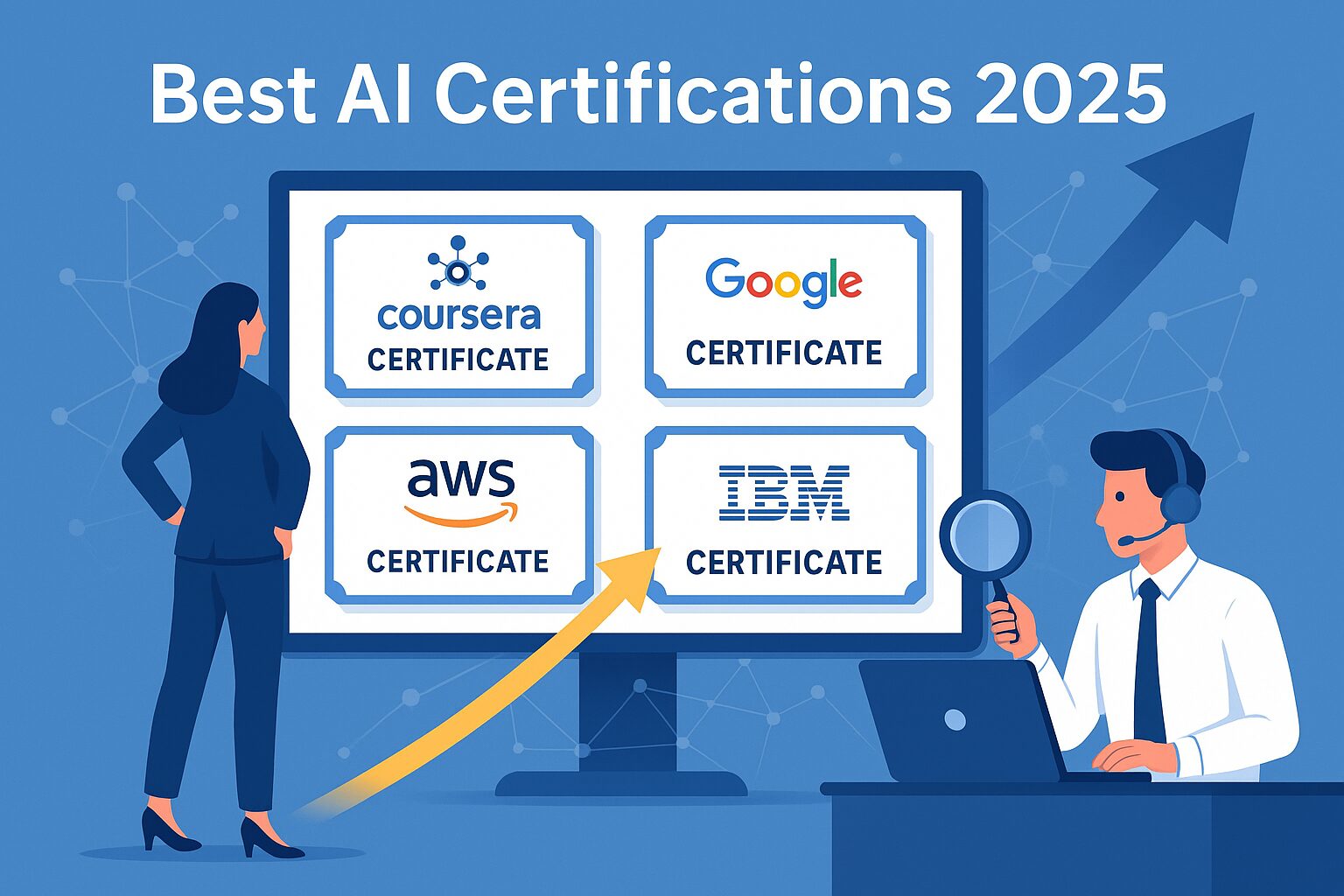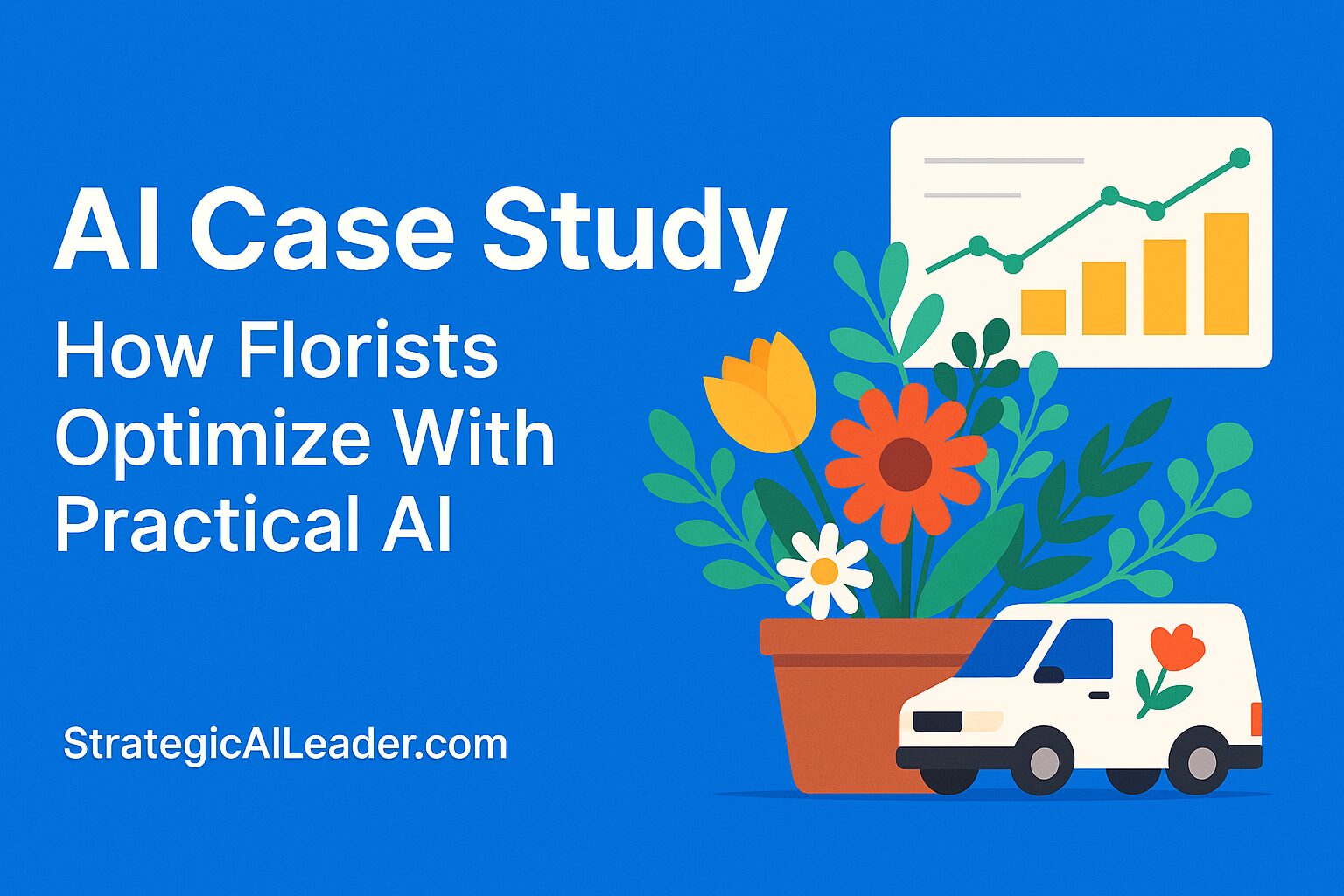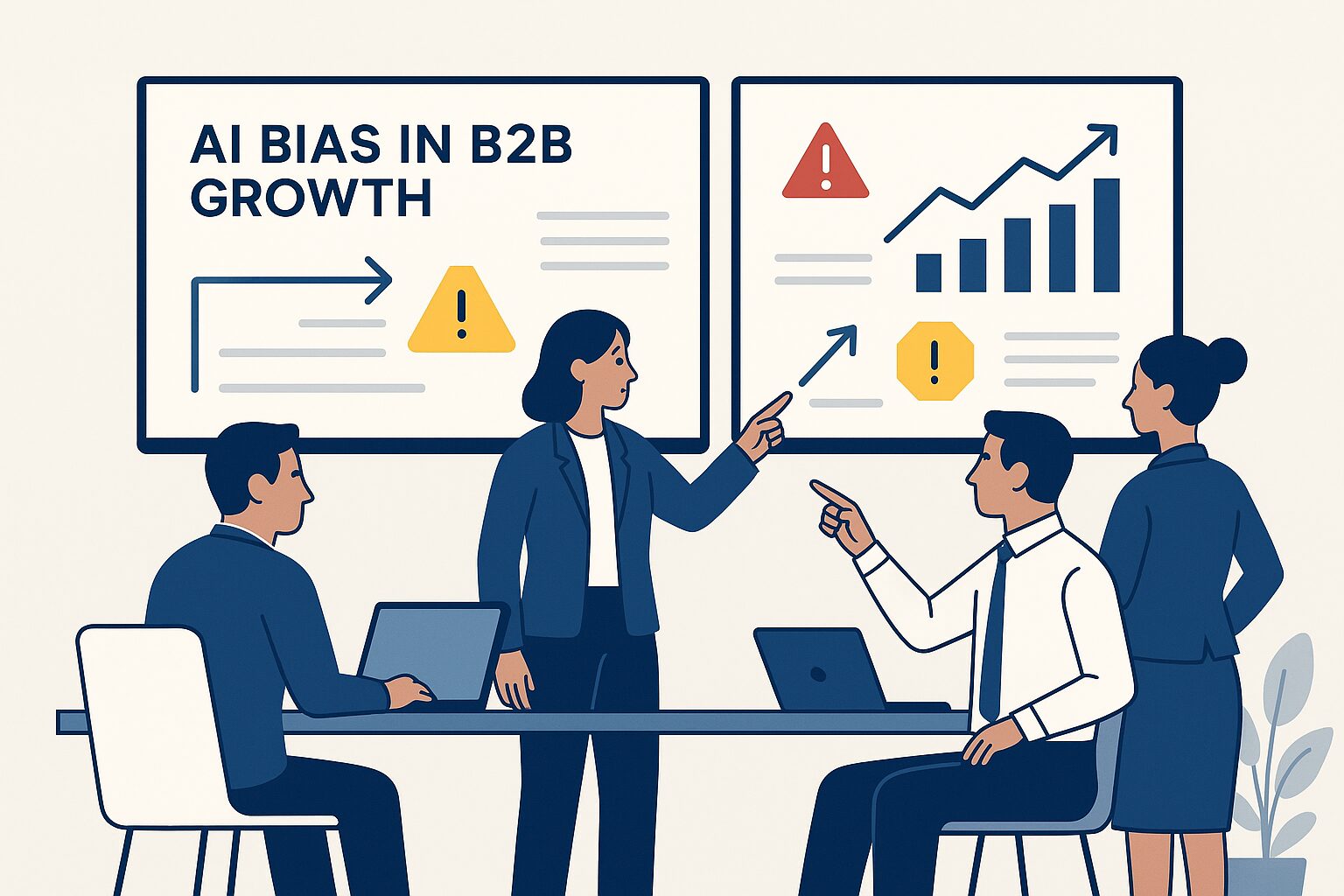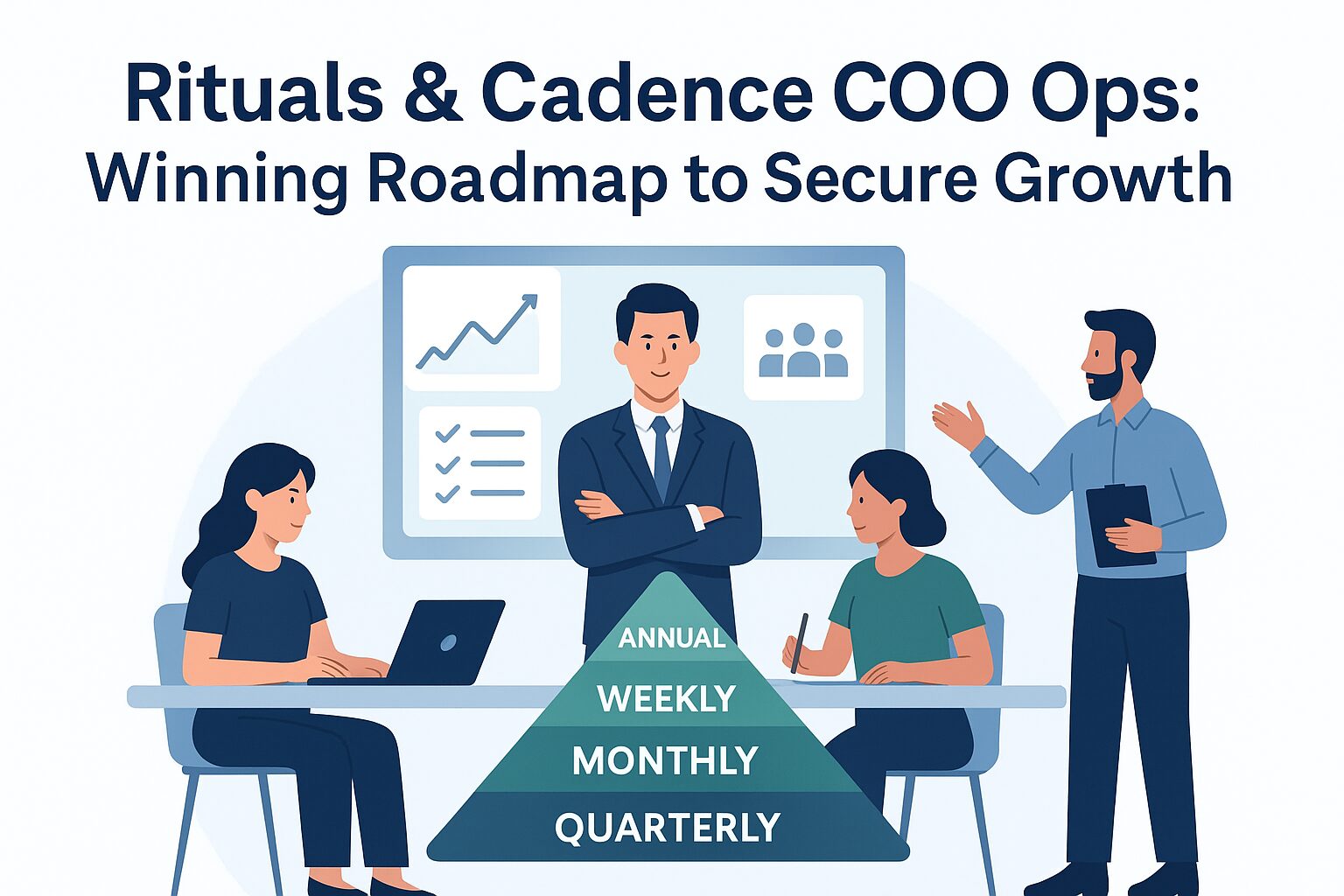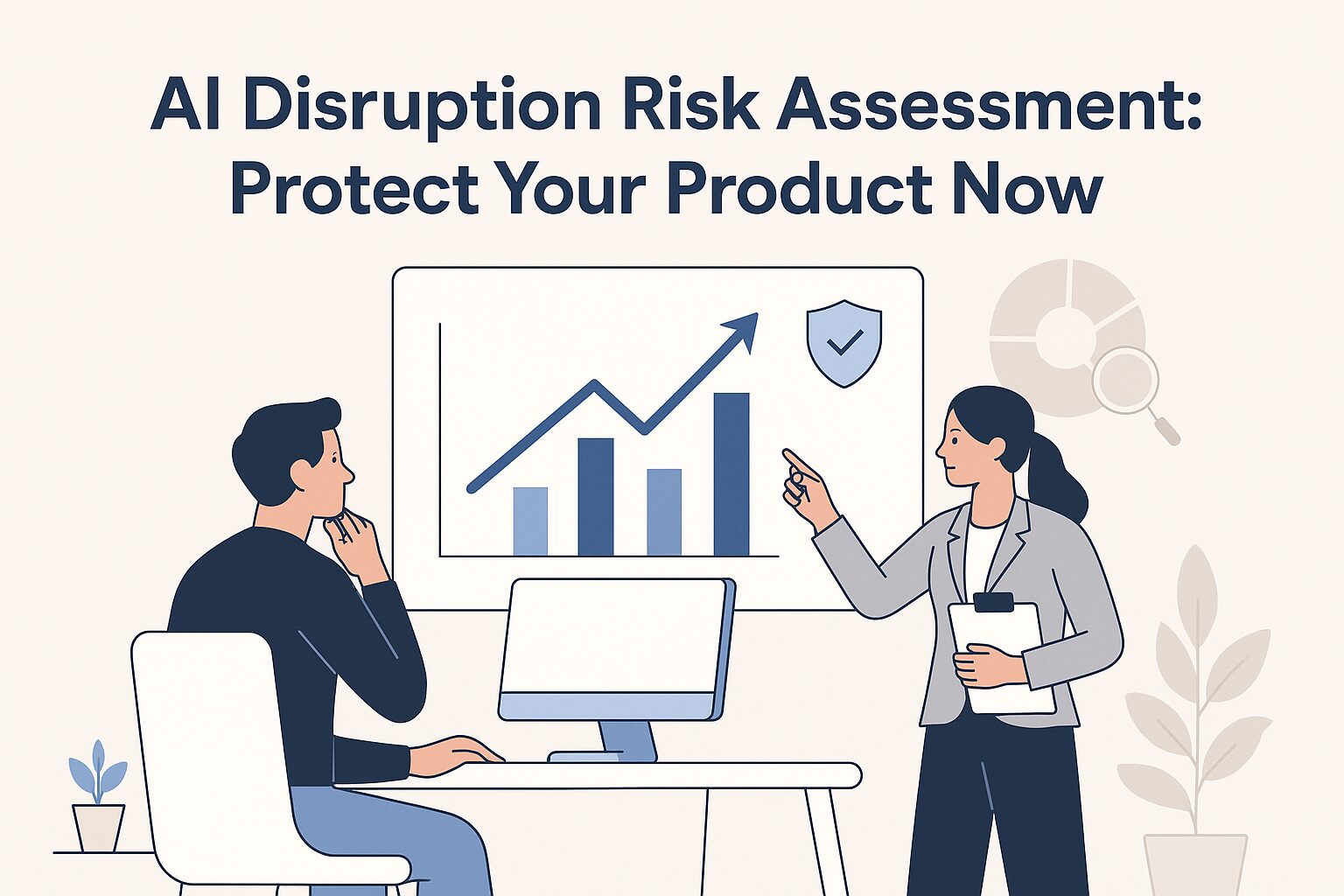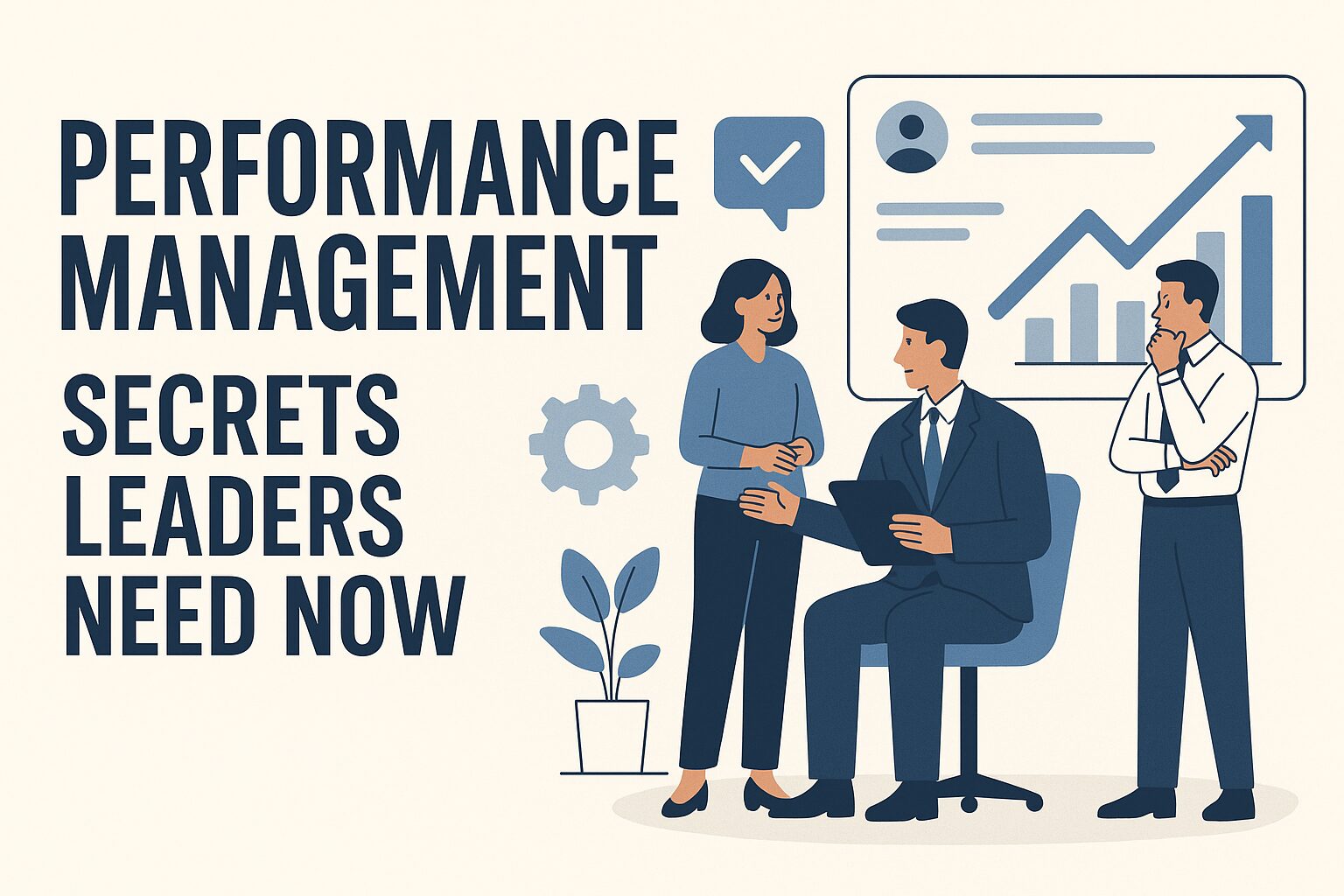-

Resumes list titles and certifications, but employers in AI want proof of outcomes. An AI portfolio demonstrates what you built, how it worked, and the results it produced. In this article, I break down why portfolios outperform resumes in today’s hiring market, the four layers every portfolio needs, and quick wins to start building one…
-

Choosing the right professional AI training is less about prestige and more about progress. This guide shares a 4-step framework to evaluate programs by career stage, role outcomes, cost versus ROI, and quality signals, with real-world examples to help you invest in training that delivers measurable career results.
-

AI is reshaping every career path, and certifications are quickly becoming the new currency of credibility. In 2025, employers want more than degrees. They want proof of AI fluency. This guide breaks down the best AI certifications for every career stage, shows how employers evaluate them, and explains how to turn credentials into real career…
-

In this AI case study, I show how I applied automation at Lia’s Flowers to move from gut-based planning to a structured system built on forecasting, delivery optimization, and dashboards. My approach reduced waste by 20%, improved on-time deliveries by 15%, and freed staff to focus on design and service. The result demonstrates my ability…
-

AI bias is no longer an academic concern. It shapes hiring, pricing, and sales decisions inside B2B companies today. Executives who ignore it risk reputational damage and lost revenue. This framework shows how to detect bias, evaluate its impact on growth, and design checks that keep AI-driven systems aligned with your strategy.
-

The Hidden Cost of AI at Work Artificial intelligence has become the co-pilot of modern business. From marketing teams using generative models to draft campaigns, to finance leaders automating forecasting, to operators relying on AI assistants to summarize complex data, adoption is accelerating at an unprecedented pace. At the same time, growing research on AI…
-

AI disruption risk assessment is no longer optional for product managers. Netflix needed nearly a decade to beat Blockbuster. Uber took years to reshape the taxi industry. Artificial intelligence is moving much faster. What once took ten years now takes ten months or less. Product managers forecast demand, map user journeys, and plan for market…
-

Most leaders get performance management wrong by treating it like an annual event instead of a daily system. This guide introduces the CARE framework: Clarity, Alignment, Recognition, and Responsiveness, so leaders can set clear goals, deliver real-time feedback, and build engaged, high-performing teams.
